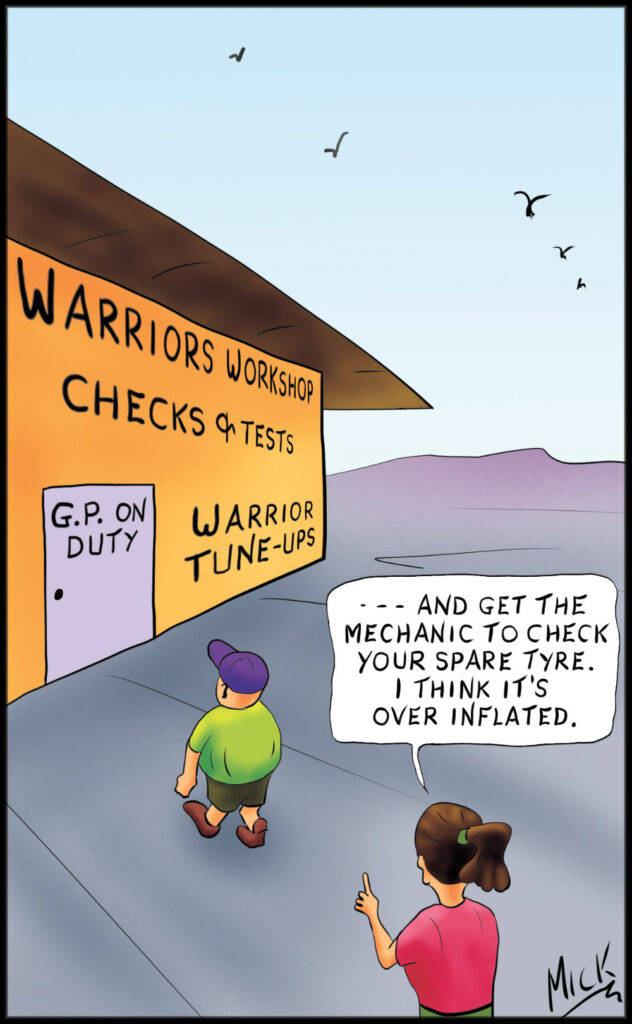Cardiovascular awareness – Wellbeing Article
Cardiovascular Awareness – How’s Your Pump and Pipes?
It’s no surprise that when we combine disease associated with the heart (pump) and blood vessels (pipes) it’s our biggest killer, largest health problem, and places a great burden on our economy and health system. This of course is without even considering the issues around grief, loss of function and care requirements that can also impact individuals and families.
Cardiovascular Disease (CVD) is a major cause of death in our country. It kills one Aussie every 12 minutes and is responsible for causing one in four (26%) of all deaths. Someone is hospitalised for CVD every minute and those living in regional and remote areas, generally have higher rates of death from CVD than other Australians (Heart Foundation Aust).

Why Pump and Pipes? If we think about a pump moving water through a series of pipes, over time sediment can slowly build up and slow the flow of water or even cause a blockage. Most blokes would understand this would result in the pump having to work harder which can cause it to eventually fail or blow a hose.
This is no different to coronary heart disease which occurs through the build-up of fatty deposits (plaque) in the arteries that feed the heart. Narrowing reduces the supply of blood and oxygen to our heart and if this becomes too narrow it can cause angina (pain/discomfort in chest) or if a blood clot causes a complete block, then this can cause a heart attack. This is similar to when a clot occurs in blood vessels to the brain causing a stroke.
Warning signs for a heart attack may include a single or a combination of symptoms such as pain, heaviness or tightness in one or more areas of the upper body, shortness of breath, dizziness or a cold sweat.
If you think someone’s having a stroke the Stroke Foundation has come up with an easy to remember checklist referred to as FAST:
• Face – Has their mouth dropped?
• Arm – Can they lift both arms?
• Speech – Is it slurred, can they understand you?
• Time – Is critical, call 000 immediately.
Factors that contribute to CVD include family history (which we can’t change) but some of the other risks we can manage by making healthy lifestyle choices are:
• don’t smoke;
• maintain a healthy diet;
• do regular exercise;
• reduce our alcohol intake (take a couple of days off a week);
• monitor our body weight;
• moderate our salt, sugar & fat intake; and
• look after our mental health & wellbeing.
It’s important we acknowledge that a lot of CVD is preventable, however it’s essential that we understand our individual risk factors that may impact on us developing diseases associated with our heart and blood vessels. The onset of other health issues such as diabetes, obesity, even erectile dysfunction can be an indicator that our pump and pipes could be under pressure.
So, just remember like any good piece of machinery, there are some basic Operating Tips to keep things running at optimal performance!
Gauge your guts – Regulate your risks – Move more – Make a service visit… Talk with your GP
The Regional Men’s Health Initiative
delivered by Wheatbelt Men’s Health (Inc.)
PO Box 768, Northam WA 6401
Tel: (08) 9690 2277

